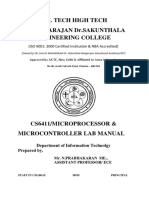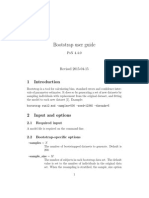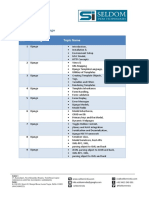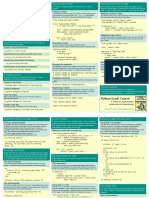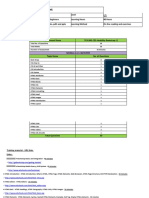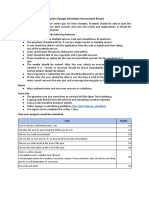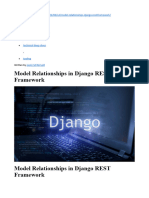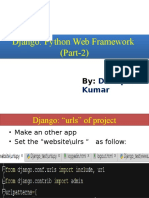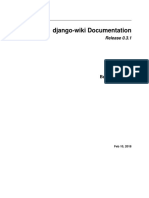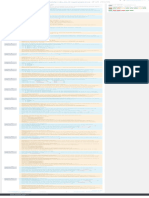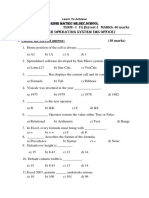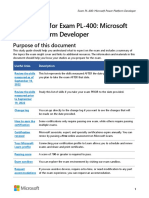0% found this document useful (0 votes)
205 views11 pagesDjango Clean Arch
Clean architecture, also known as hexagonal architecture, ports and adapters architecture, or onion architecture, is a software architecture pattern that separates an application into distinct layers. It isolates business logic from external influences like the database, user interfaces, or any other external systems. This makes the business rules testable and independent of external elements, allowing flexibility in frameworks, databases, and user interfaces used.
Uploaded by
lrcitalaCopyright
© © All Rights Reserved
We take content rights seriously. If you suspect this is your content, claim it here.
Available Formats
Download as PDF, TXT or read online on Scribd
0% found this document useful (0 votes)
205 views11 pagesDjango Clean Arch
Clean architecture, also known as hexagonal architecture, ports and adapters architecture, or onion architecture, is a software architecture pattern that separates an application into distinct layers. It isolates business logic from external influences like the database, user interfaces, or any other external systems. This makes the business rules testable and independent of external elements, allowing flexibility in frameworks, databases, and user interfaces used.
Uploaded by
lrcitalaCopyright
© © All Rights Reserved
We take content rights seriously. If you suspect this is your content, claim it here.
Available Formats
Download as PDF, TXT or read online on Scribd
/ 11







